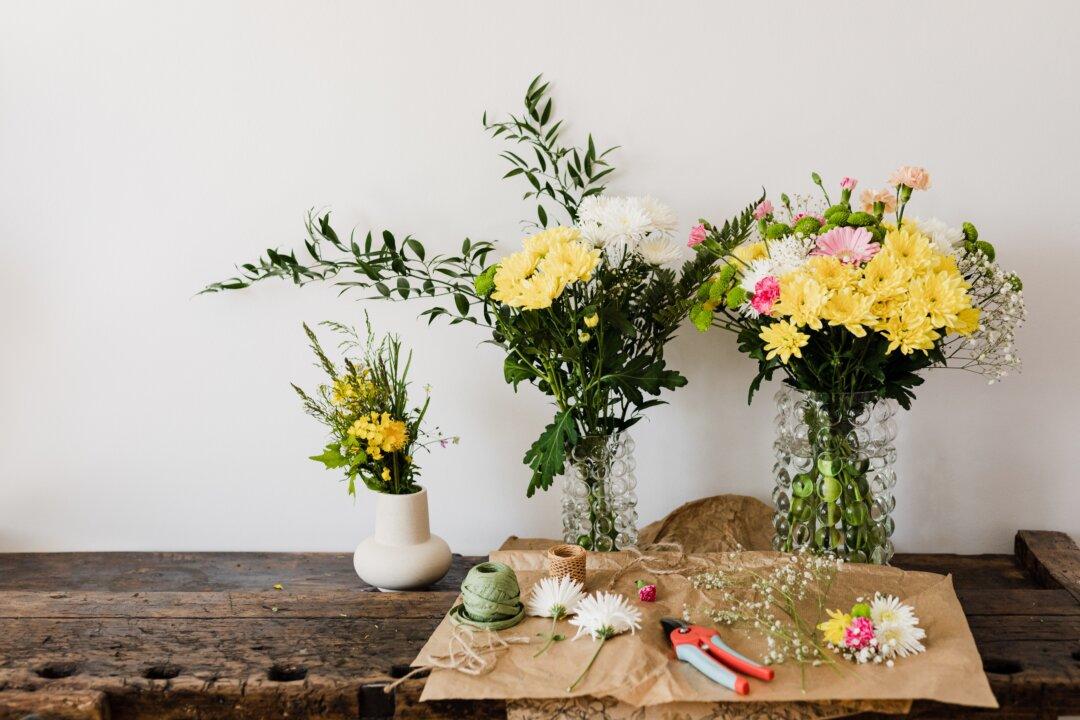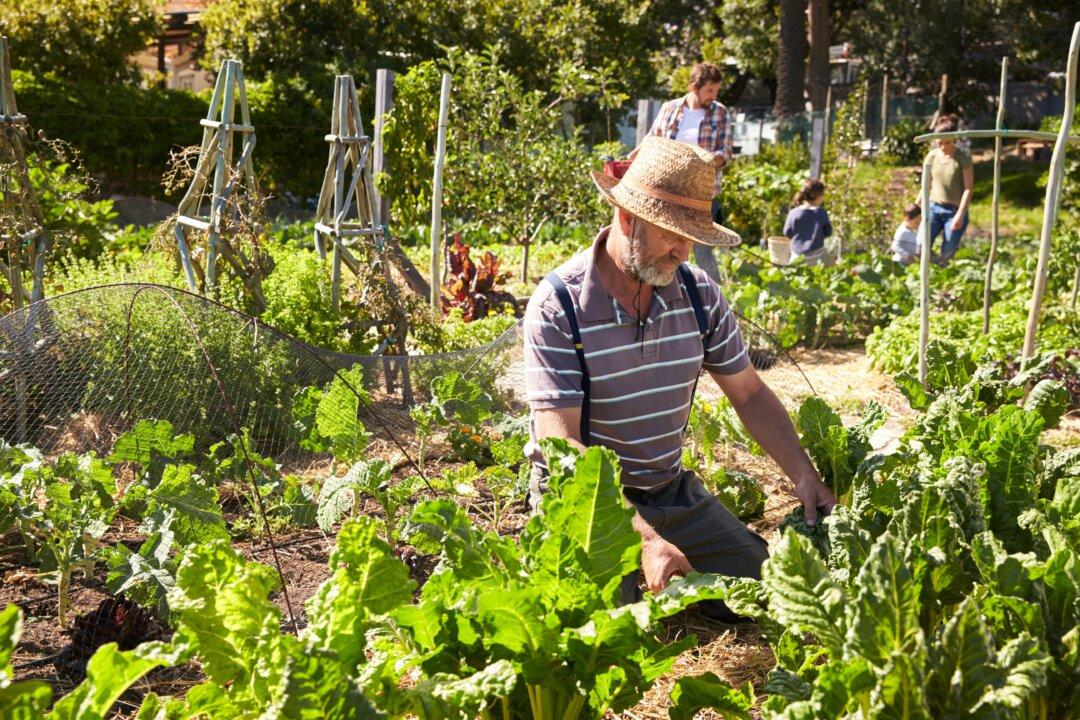You may have noticed the recent movement toward huge picture windows and fancy bifold doors being fitted into people’s homes. Maybe you’re one of those people. Maybe your neighbors are (and you secretly envy them). What’s fueling this desire to install gigantic plates of glass in our walls?
Simply put, it’s to bring the outside in. To bask in glorious sunlight and to invite nature, metaphorically speaking, into our homes. In this way, we allow ourselves to drink in the calming shades of blue and green and enjoy the colorful display provided for us by birds, insects, and seasonal blooms.





